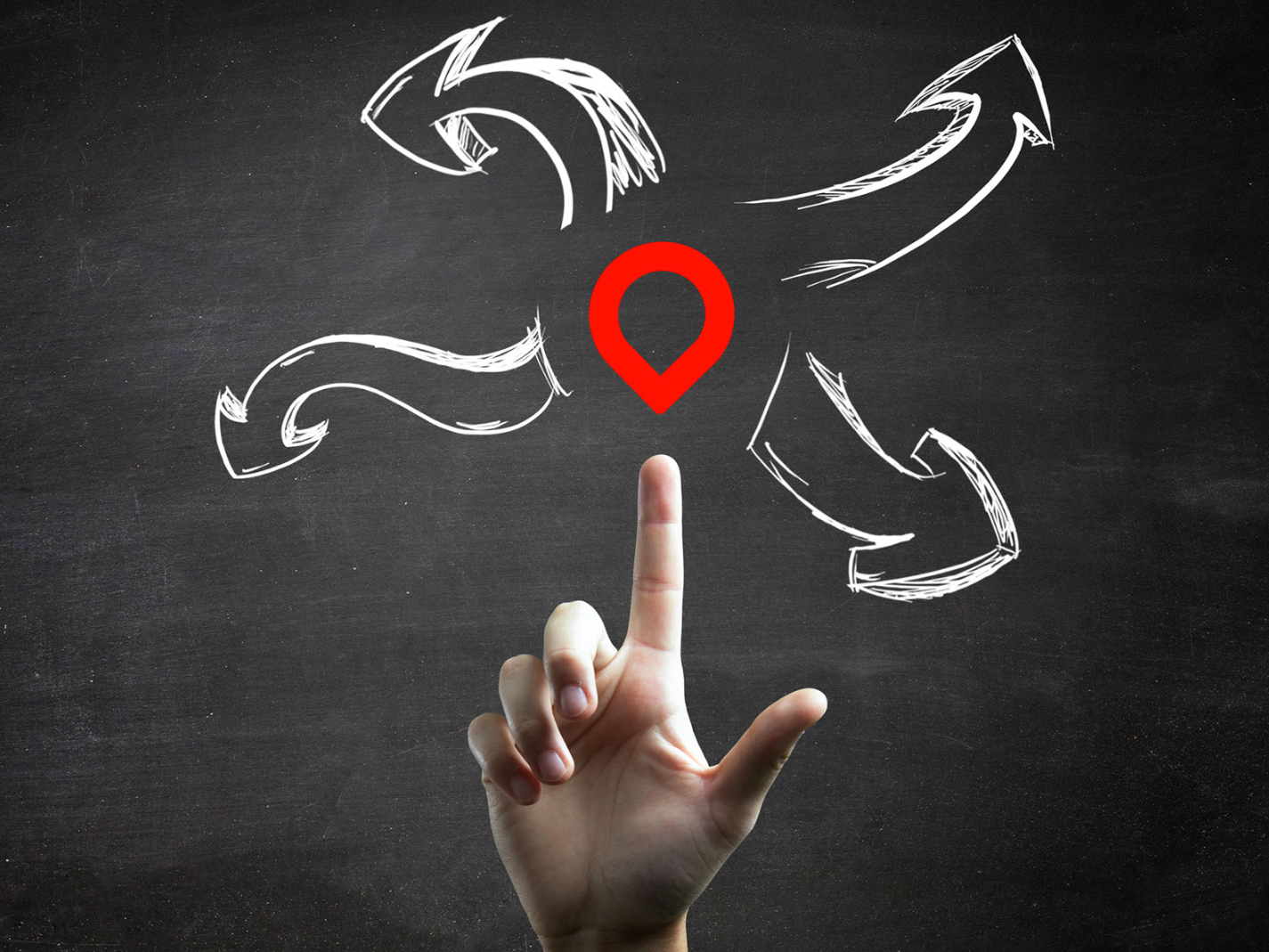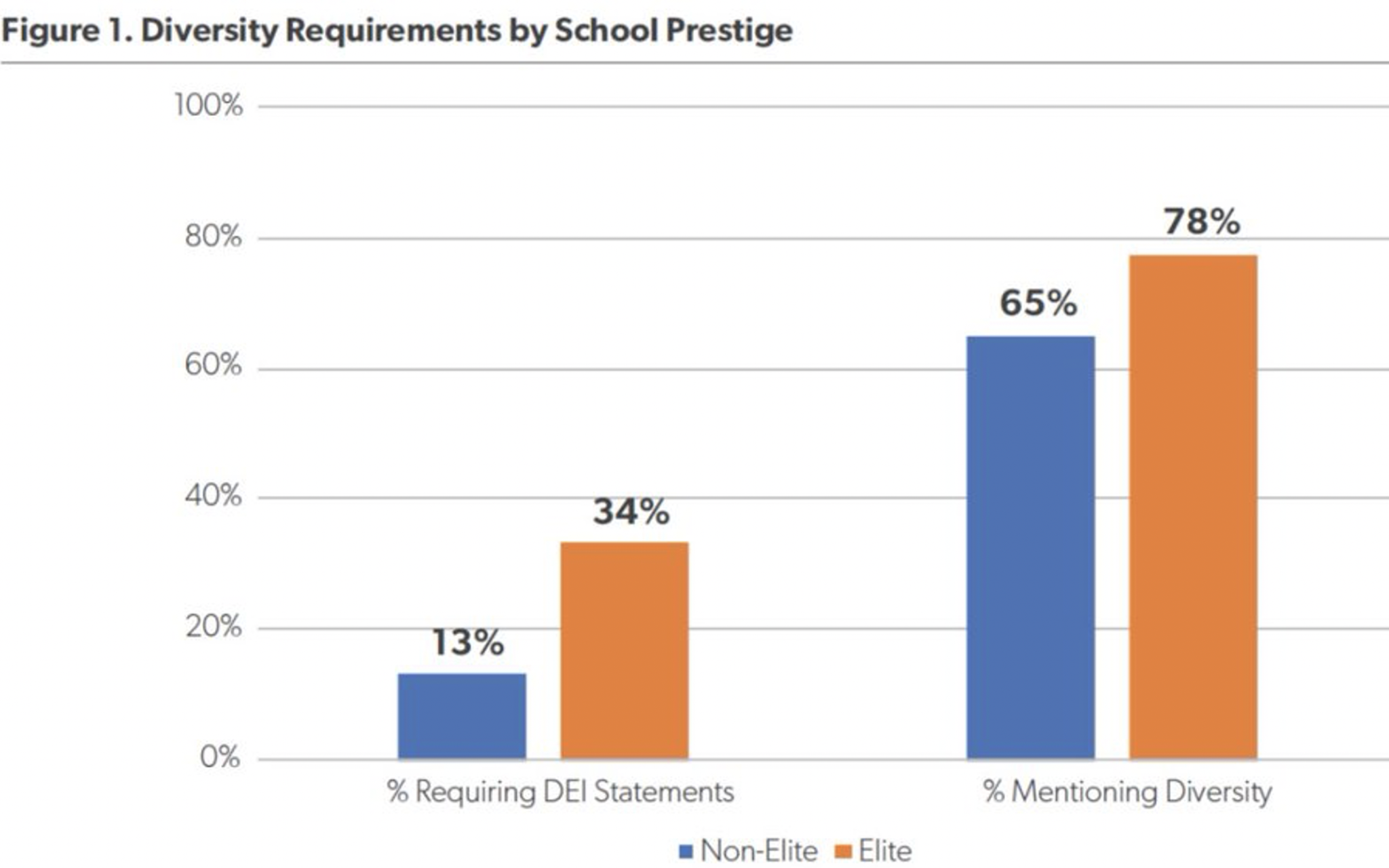
An Academic Approach to an American Asset
“The ink is black; the page is white.”
– Three Dog Night (1972)
Shelby Steele’s White Guilt: How Blacks and Whites Together Destroyed the Promise of the Civil Rights Era (2006) ranks among the best approaches to what has gone wrong in the U.S. in recent years. I recommend it to colleagues from other cultures curious about the psychological and sociological dramas that make our democracy tick but also stumble.
The title can be deceptive. Beyond exposition and analysis, Steele’s book is also a poetic narrative, a creative sociopolitical panorama hitched to a personal confession in the manner of Ben Franklin, Apuleius, Frederick Douglass, or Diego Hurtado de Mendoza. More precisely, White Guilt is part picaresque and part national report. Steele even claims he’s written it in the spirit of the nineteenth-century small-town assembly known as the Chautauqua. That is, he writes to entertain and engage a group of adult readers regarding a problem that merits our attention and discussion in the town plaza.
Steele squares you about how well-intentioned people carry around destructive levels of guilt and resentment. They also form a coalition to satisfy their reciprocal desires for atonement and revenge. The resulting mix of concessions and demands mostly makes things worse. Given our history, this was inevitable to some degree. To what degree, and how much further do we take it?
Steele achieves more than a portrait of the fall of a once-dignified mass movement. He diversifies our national guilt by exorcizing the hypocrisy, cowardice, and futility of industrialized charity. There’s a lot in the book about the brutal history of racism in the U.S., about parenting and responsibility, about race hustlers like Obama, Sharpton, and Jackson, and about how many affluent whites with good intentions support causes, candidates, and organizations interested in promoting social disharmony.
The great tragedy of the American civil rights movement can be plotted between two murder trials. Historians often use such trials as social barometers. The Dreyfus affair (1894–1906) or the Dred Scott decision (1857) offer disturbing barometric readings of where large segments of the French and American populaces stood in the nineteenth and early twentieth centuries.
Between 1955 and 1994, the U.S. went from the trial of two men who murdered Emmett Till to the trial of a man who murdered Nicole Brown and Ronald Goldman. Each case ended in “jury nullification.” In the first, an all-white jury acquitted Roy Bryant and J.W. Milam. In the second, a mostly African-American jury acquitted O.J. Simpson. Let’s prefer bad trials to lynchings and murders, but if it’s unacceptable that someone could be murdered because of his race, then it’s unacceptable that someone could murder two people and be found innocent because of his race.
My impression went from wonder at the incongruity between the facts and the ruling to a realization that the Simpson jurors were signaling to the rest of the nation their belief that police in cities like Los Angeles were brutalizing black men as per the beating of Rodney King in 1992. Norm MacDonald, James Lindsay, Christopher Rufo, Phillip Magness, Candace Owens, Heather Mac Donald, and Asra Nomani have argued eloquently that, over time, this message is ever more political, deceptive, and vulgar—in short, that it is a myth, and a bad one at that.
But a bad myth is still a message, and conscious and unconscious factors will further complicate its transmission and reception. A verdict in a murder trial expresses the collective thinking of twelve jurors, and our reactions to it are influenced by many millions more. Thus, the creation, utility, and danger of a myth.
I found in Steele’s White Guilt a single typographical error. It made me drop the book and pace the room. I returned to the bookstore to scan the passage in other editions. It was uncanny because a reader might be forgiven for expecting an author or editor to correct that particular error during the production of a book called White Guilt. Instead, it was left to readers to transduce the volatile phrase “polite brutality” back into what had to be read as “police brutality,” otherwise a certain sentence just wouldn’t make sense.
What if a typo in a book about the demise of the civil rights movement were not so innocent? Exactly how a book teaches us to read it is an interesting question, a question perhaps peculiar to an esoteric form of postmodernist thinking. In this case, regardless of the intentions of Steele or his editors, much of the message of his book relates to public confusion between “polite” and “police” brutality. It’s further uncanny that the questions we might have about this confusion of graphemes relate to the content of White Guilt.
Does the error merit attention? Should police be polite? Does systematic correction amount to white supremacy? Are readers who don’t see this typographical error inherently racist? In what ways is attending to the precision necessary to write, read, or edit a book akin to living with other people? How are books like people? Are those who read carefully better or worse citizens than those who do not? Would changing the word “polite” to “police” in Steele’s book violate the memory of the Chautauqua? What could “polite brutality” mean? Could it be a preventive instead of a mistake? If a majority of a minority community consistently wants police, does that expose the myth of their brutality? Is firm fatherhood polite brutality?
The insight gained by asking these odd questions about a typo might justify them. Welcome to Chautauqua. But what if a public-square version of this conversation were driven by feelings of shame, rage, and fear? What if attention to such minutia interfaced with envy stoked by overattention to equality? Overweighting the virtue of equality stokes envy, a common and dangerous sentiment in democratic societies. Some cultures instinctively know this to be true. Others learn it the hard way, and repeatedly. Alexis de Tocqueville, Helmut Schoeck, and René Girard show the sociopolitical and psychological dimensions of equality and envy. These virtues and feelings often gain momentum, trigger feedback, and turn corrosive. We don’t envy people who live in the sky; we envy our neighbors, the Joneses, our equals. In other words, we envy those from whom we wish to be different but cannot. This is why envy affects those of us who are the same. This explains its viral quality and its ability to drive mass movements.
Now imagine a university campus in a hyper-democracy, one that is both politically and sociologically democratic, and successfully so. Envy reigns, but that’s the half of it. This college can’t avoid ever-increasing excitement about diversity and equality, which sometimes clash with each other and also with the ideal of liberty. When activists decry liberty and equality in favor of diversity, super-smart specialists who are already biased toward top-down solutions in their fields begin to see themselves and each other as closet racists. Every decision relating to students, faculty, or staff soon needs surveillance and coercion under the premise that all are biased against minorities. Such bias can be revealed by a cultish science of “intersectionality.” An institution designed to seek the truth now morphs into a training ground for ideological activists. A diversity bureaucracy springs to life, dictating neoracist standards and measures, hiring deans and ombudsmen, creating events, committees, and programs, and allocating money to every aspect of the problem and anyone interested in studying it further.
Guilt and resentment merge into a social malaise seeking the kind of excessive attention that can make it grow. Meanwhile, public schools underwrite the “mismatch problem” by graduating students unprepared for college. The white guilt of rich, tenured radicals meets the minority victims of its undue affections. Motives that are moral (social virtue) and economic (tenure, salary, benefits) leverage motives that are psychological (white guilt and black resentment), ideological (progressive politics), and institutional (academia, government, art, and entertainment). What Mac Donald calls the “diversity delusion” differs little from what devotees of Marx should recognize as a religious opium fed back to them by their own high priests. Frederick Douglass saw how slaveholders deployed a similar perversion of Christianity in conjunction with alcohol-induced delusions.
Pat Kambhampati of McGill University has noted that the latest social madness in America is acutely academic and hyper-intellectual. In fact, the obsession with diversity correlates with institutional status. Here are some of his data:

The mismatch problem drives the genuflections of white guilt at elite institutions. In the left pair of bars, we see that demand for quality minds with minority status at elite institutions increases anxiety around the topic and inflates “diversity, equity, and inclusion” (DEI) statements to nearly three times their rate at non-elite institutions. This is the more heavily virtue-signaling of the two categories of statements assessed by Kambhampati. It registers less than the regular diversity statements, but it’s the hotter signal for what’s happening on elite campuses. In other words, non-elite schools are open to the importance of diversity roughly on par with elite schools, but they remain about a third as likely to embrace the DEI shakedown.
In a hyper-egalitarian society where everyone insists we’re all equal in every respect, the most brilliant minds will often feel the most pressure to find ways to handicap themselves to compensate for their advantages. The grievance industry at elite institutions then compounds both the mismatch problem and white guilt by connecting unprepared minority students with the staff of “diversity, equity, and inclusion” programs. Grift becomes high-income career.
Now imagine your administration decides to increase diversity further by hiring brilliant people from countries like Eritrea, where average annual earnings are $6,000. You give them $100,000, job security, and benefits. Deep down, we all know nothing is free in life, and when it is, we project our instincts onto others and conclude that the tribe will want its cut even more. Cultures that don’t embrace liberty and free markets to transcend such tensions are more stymied by the corrupting effects of emotions like shame and guilt. These emotions take the focus off merit and achievement and place it back on satisfying the mob. On the one hand, your new hires from Eritrea are likely to hate themselves in proportion to the poverty of the people in their home country. On the other hand, they’ll get along royally with their new American colleagues whose revolutionary fervor is driven by similar self-loathing.
Image: Adobe Stock
Often forgotten is that there are more White families in poverty than there ARE Black families.